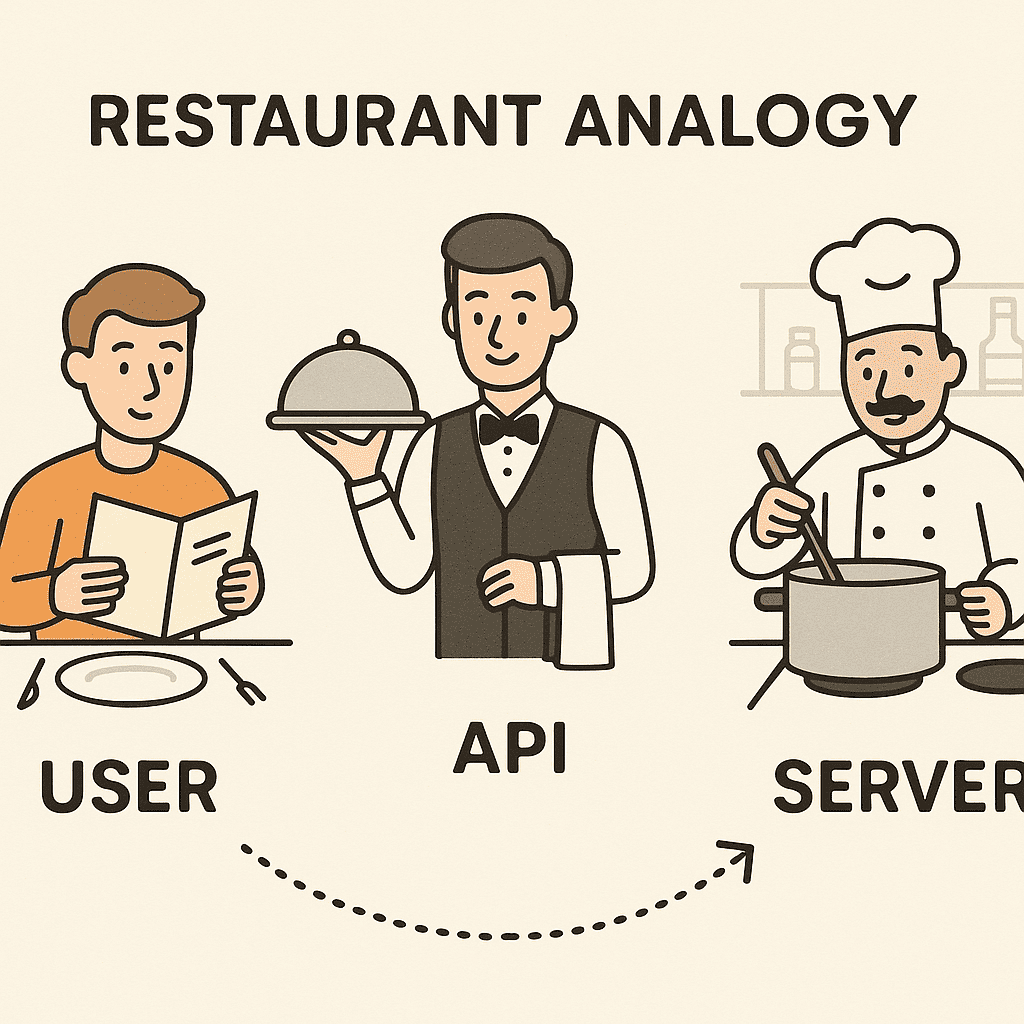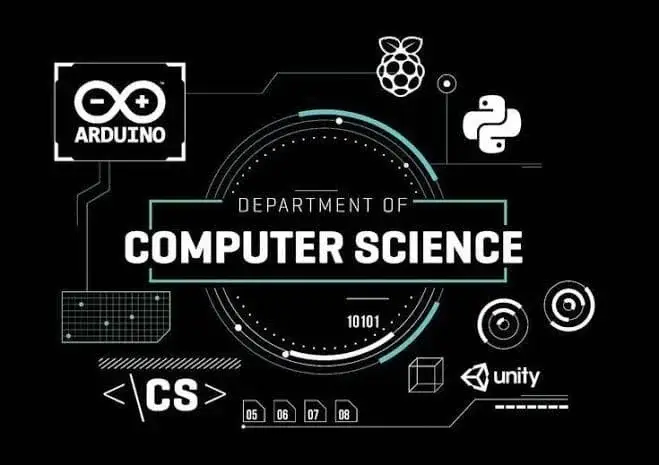
In the modern digital world, APIs (Application Programming Interfaces) are the backbone of seamless communication between software applications. Whether you’re browsing social media, checking the weather, or making an online purchase, APIs are working behind the scenes to make these interactions possible. This blog aims to demystify APIs for beginners by explaining their definition, functionality, types, and real-world applications.
An API is a set of rules and protocols that allow different software components to communicate with each other. Think of it as a bridge or translator between two applications that enables them to exchange data or functionality without knowing how each is implemented internally.
For example, when you use a weather app on your phone, it retrieves real-time data from the weather bureau’s system via an API. The API acts as an intermediary, ensuring that your app receives accurate information in a format it can understand.

APIs operate through a request-response cycle:
This interaction is often compared to ordering food at a restaurant: you (the client) place an order (request), and the kitchen (server) prepares your meal and delivers it via a waiter (API).
APIs can also work in event-driven architectures, where specific actions trigger API requests—for instance, receiving notifications after making a payment.
APIs come in various types, tailored to different use cases:
APIs offer numerous advantages:

APIs power countless everyday technologies:
APIs are fundamental tools that enable software applications to interact seamlessly. They simplify development processes, enhance security, and open doors to innovation. Whether you’re a beginner exploring programming or simply curious about technology, understanding APIs is key to appreciating how digital systems work together.
By learning about APIs, you gain insight into the invisible yet essential mechanisms that drive our interconnected world.






Ghulam Ahmad is an Excellent Writer, His magical words added value in growth of our life. Highly Recommended
- Irfan Ahmad Tweet




3 Responses